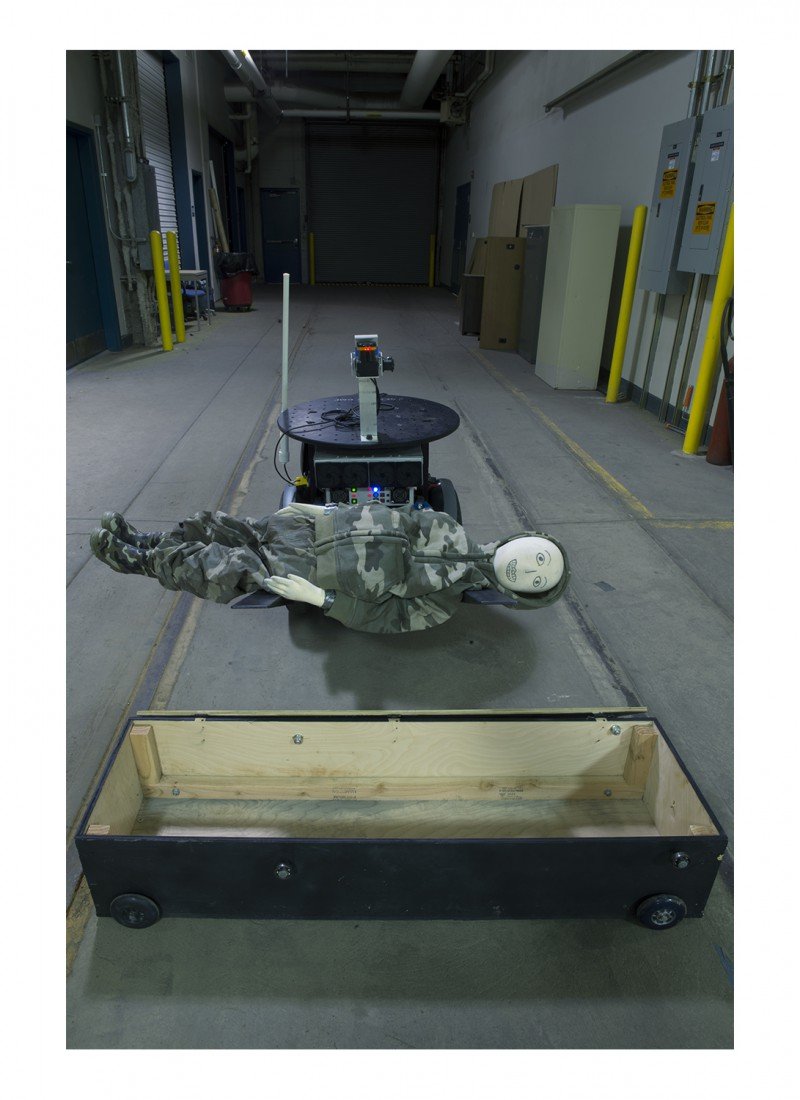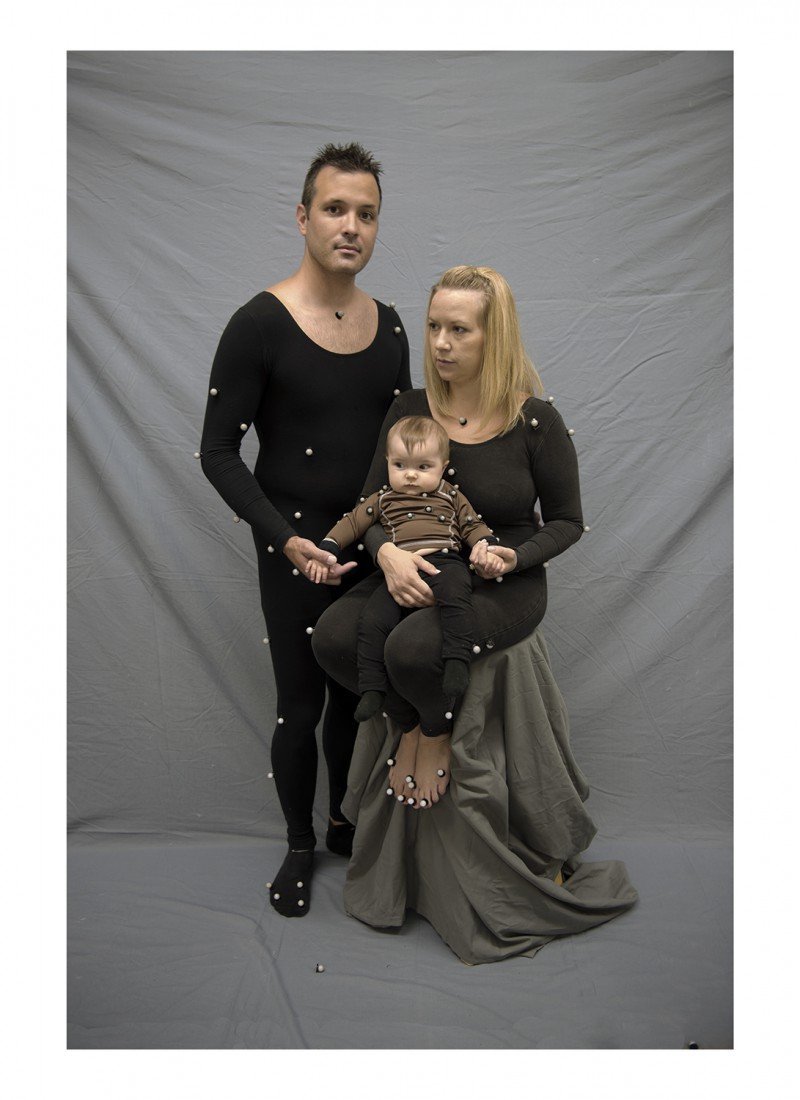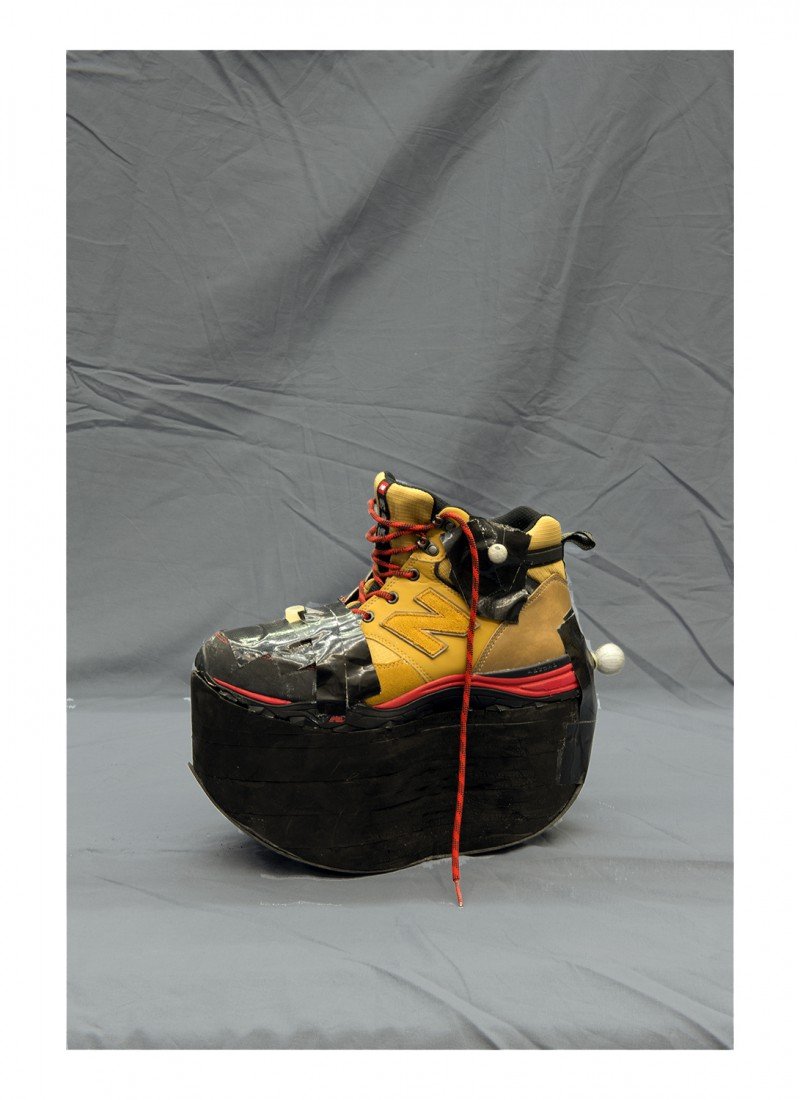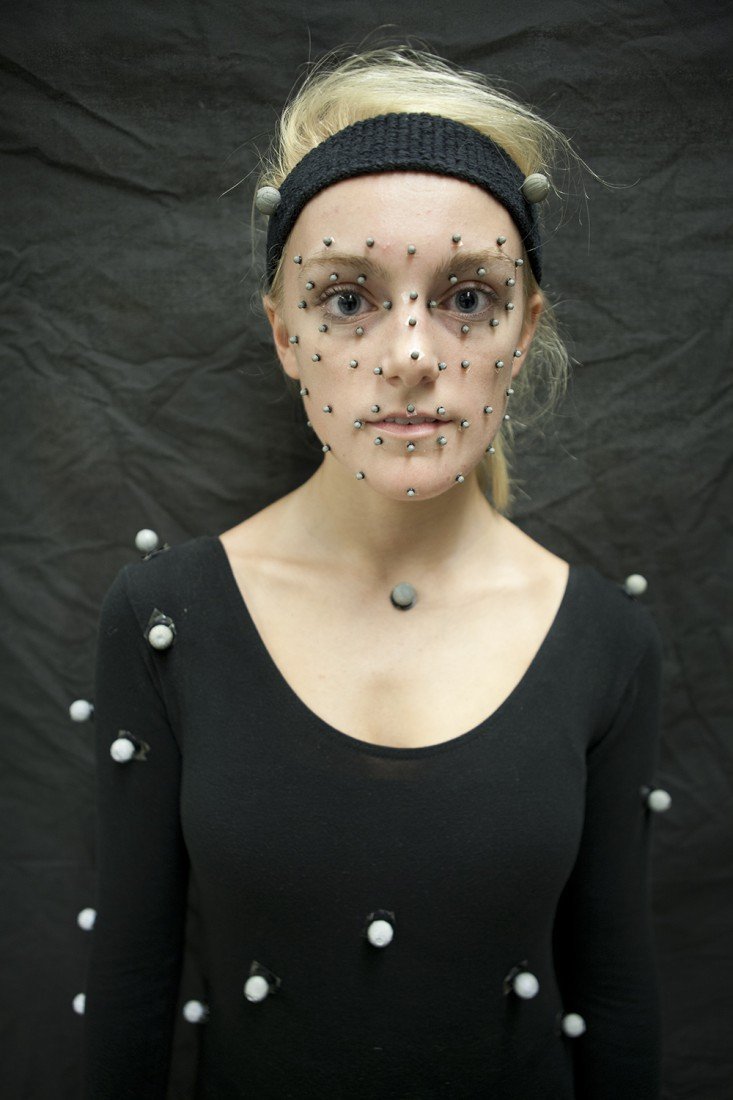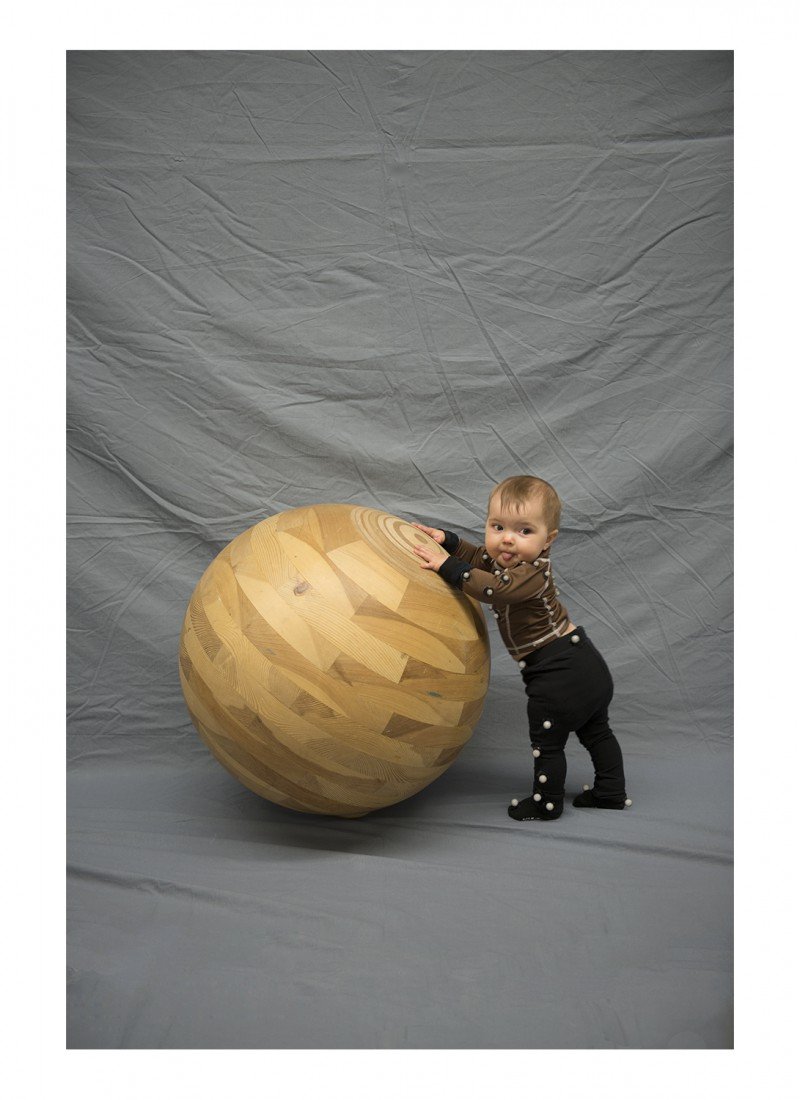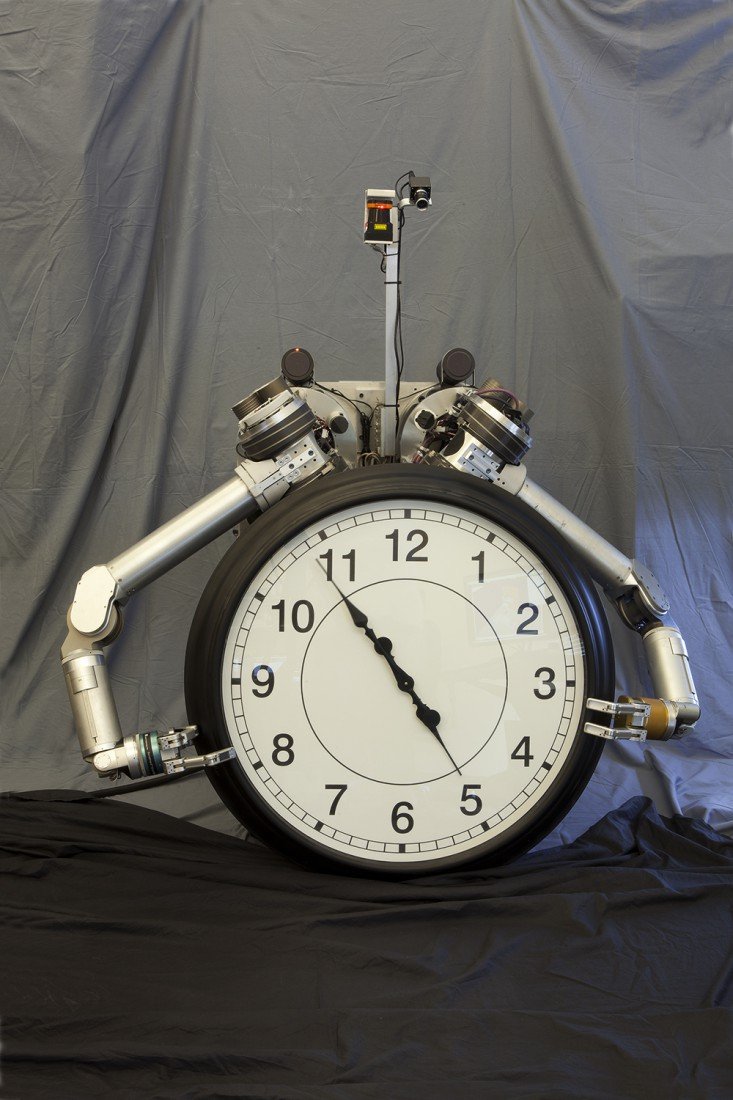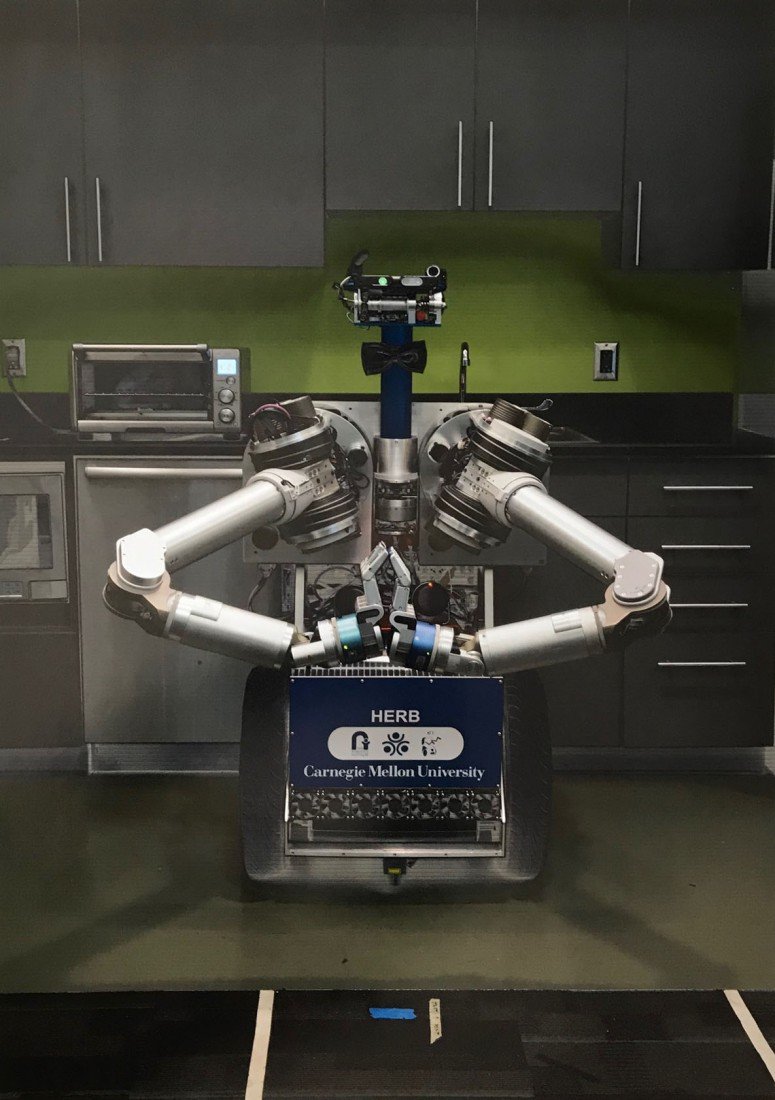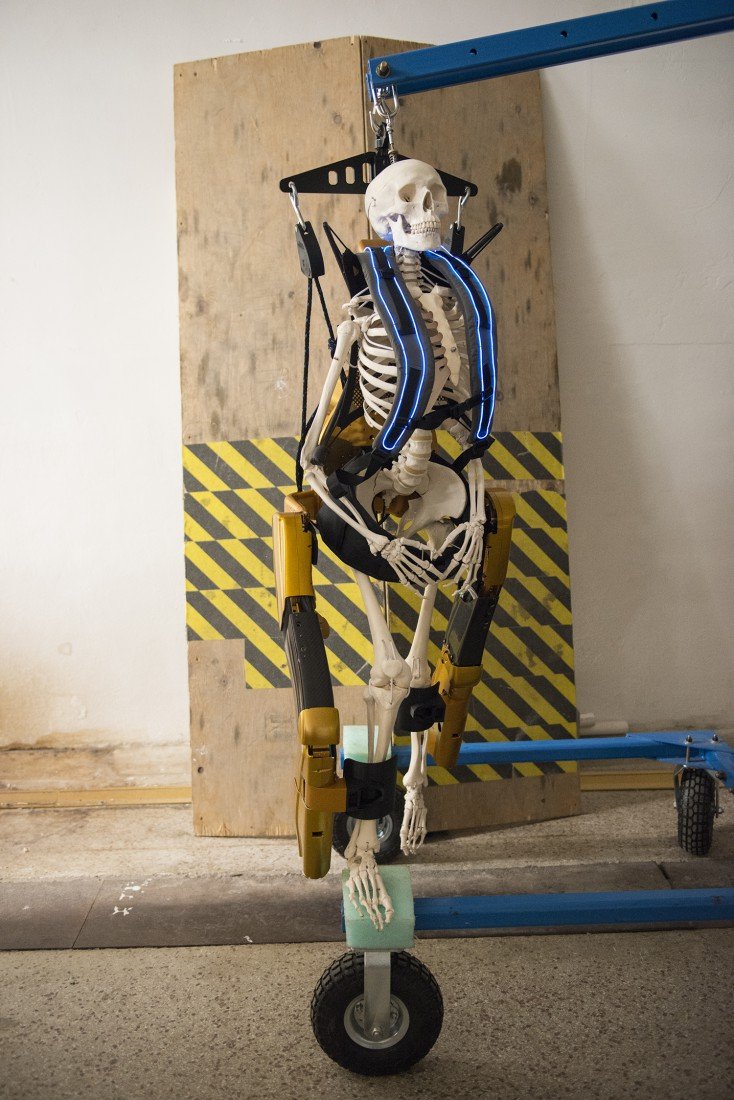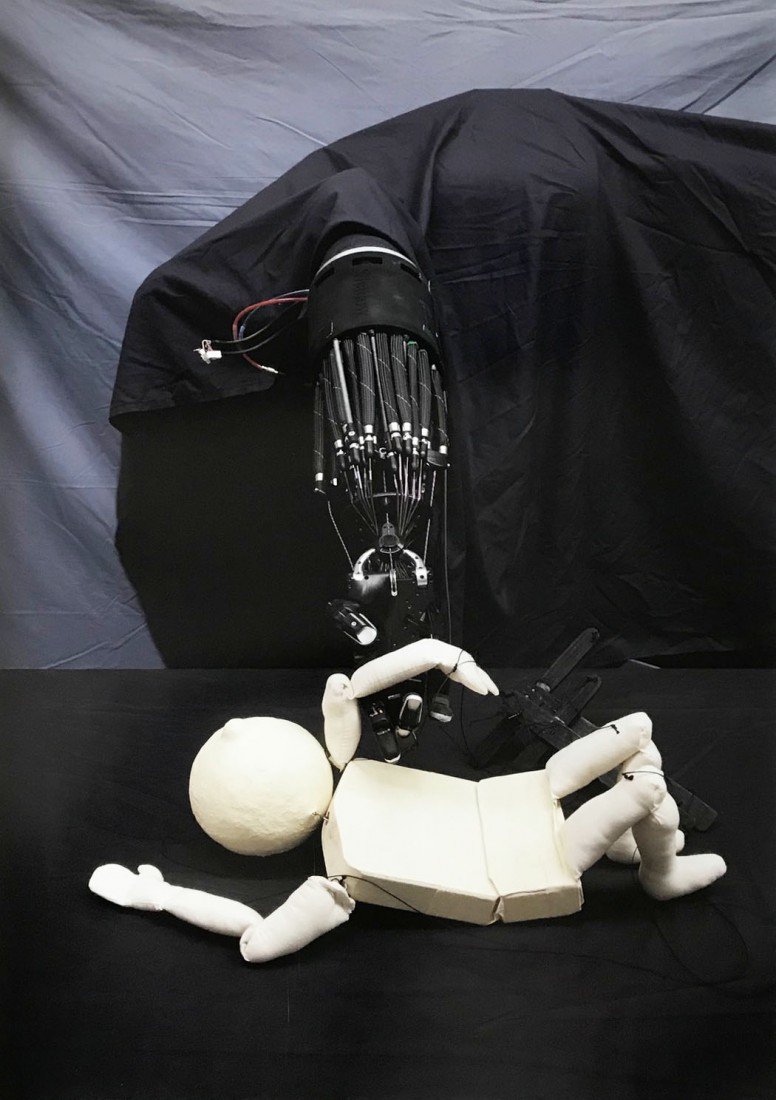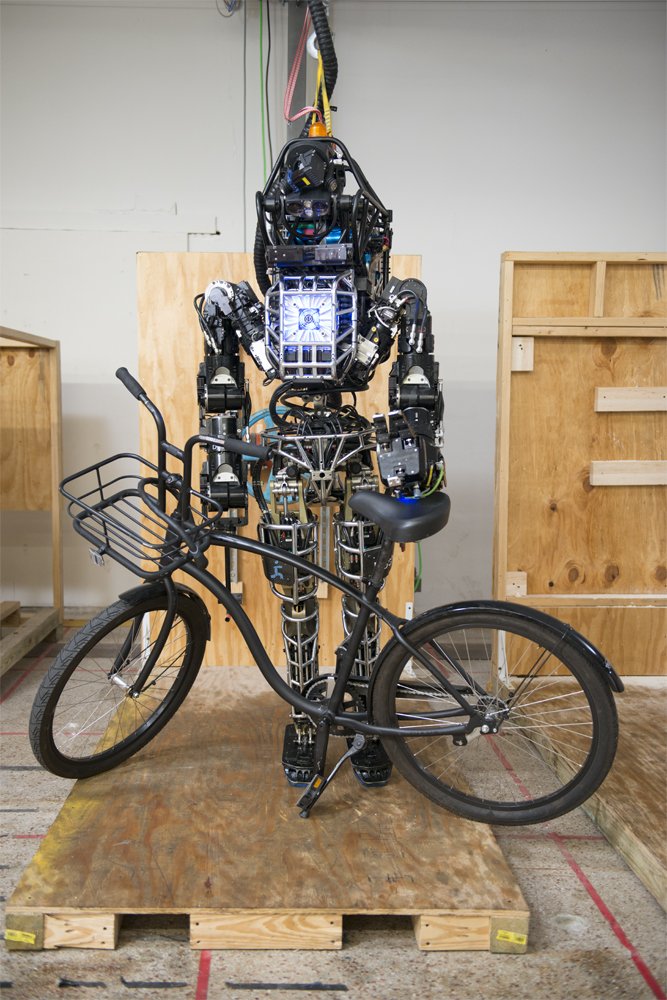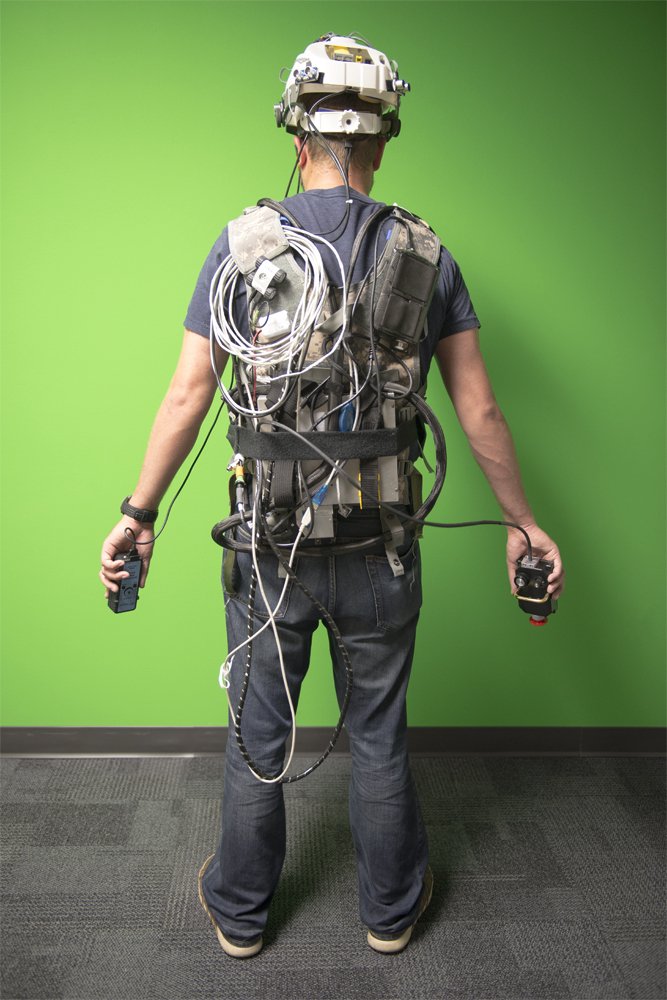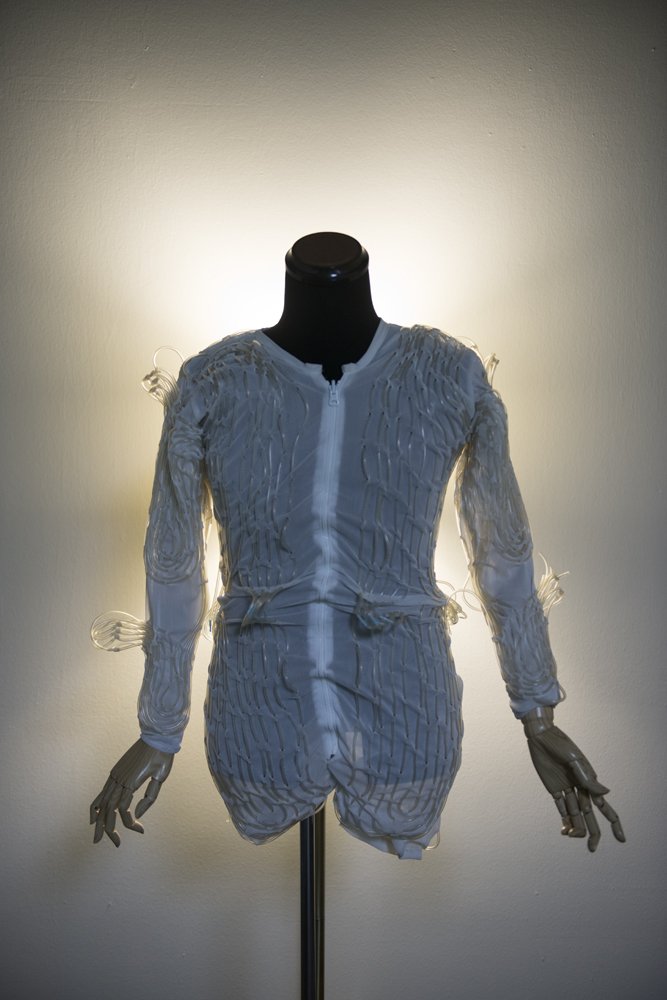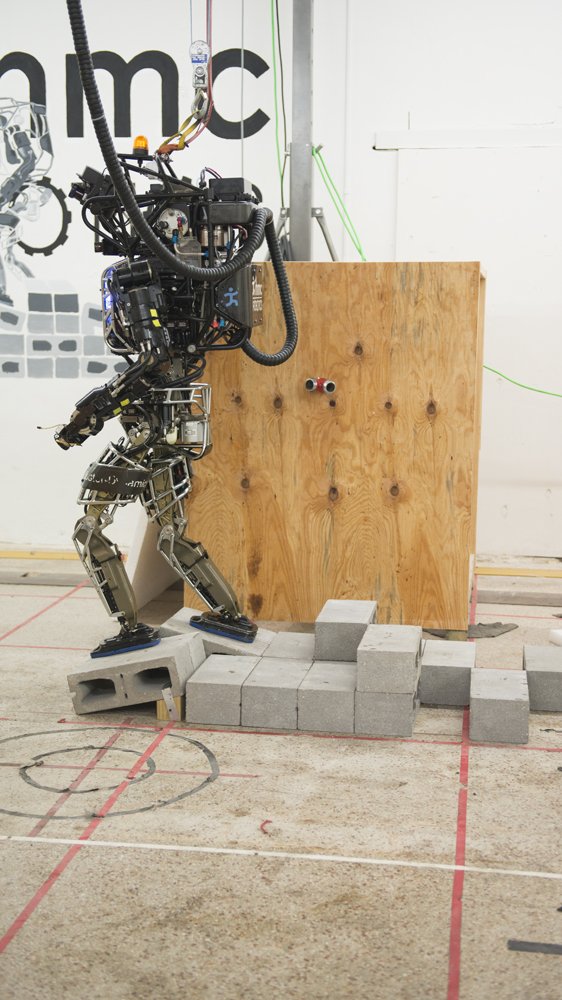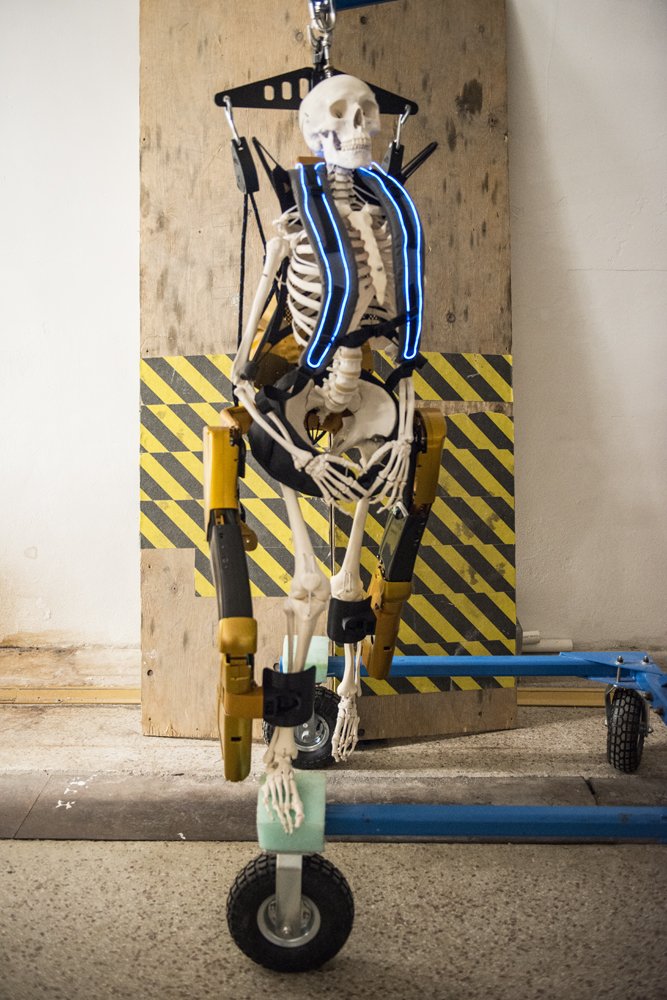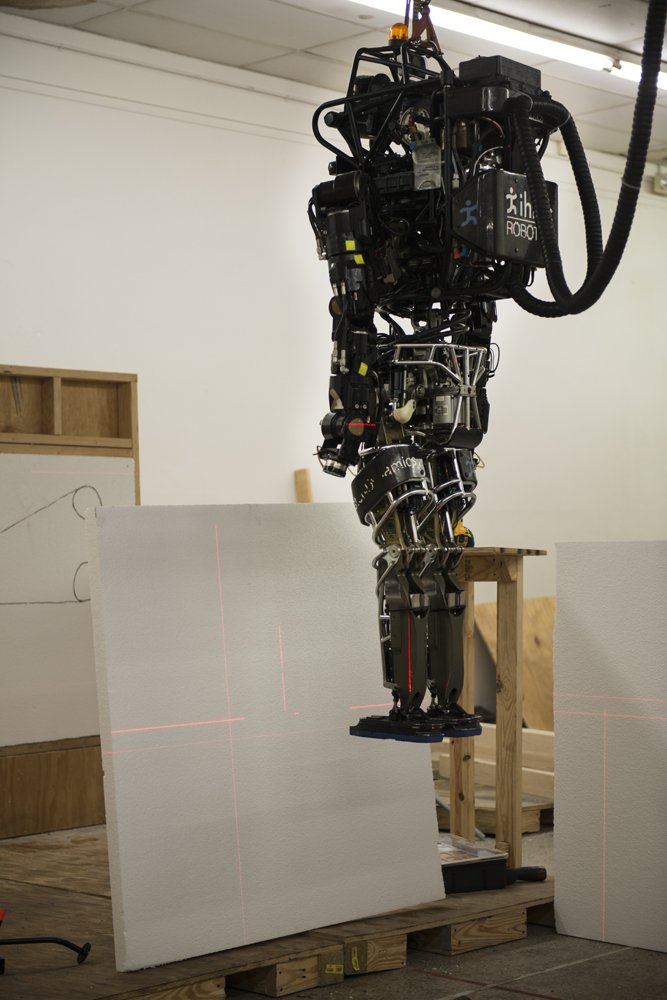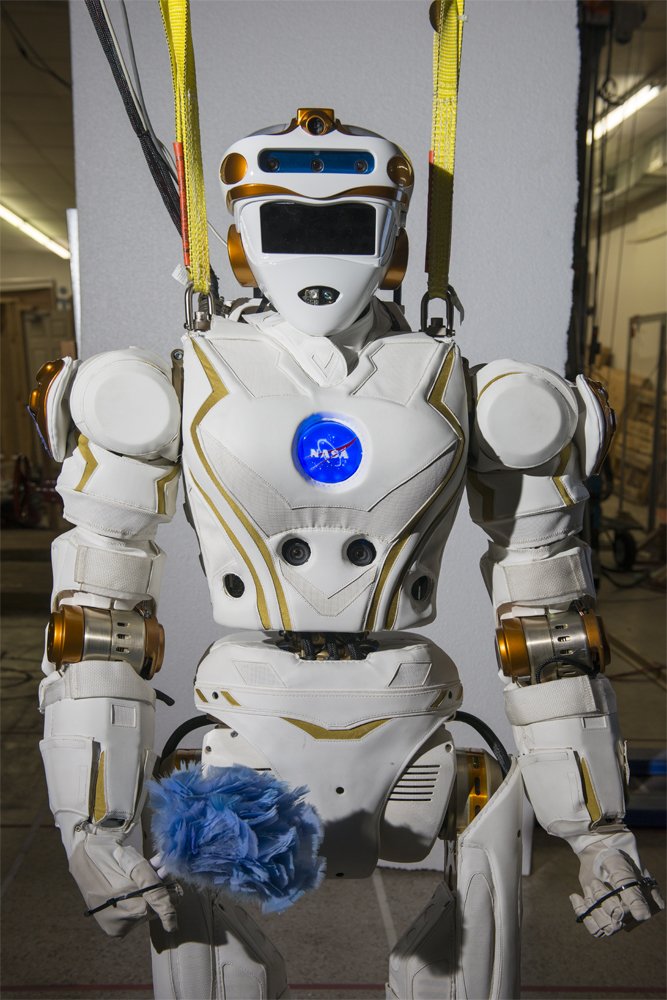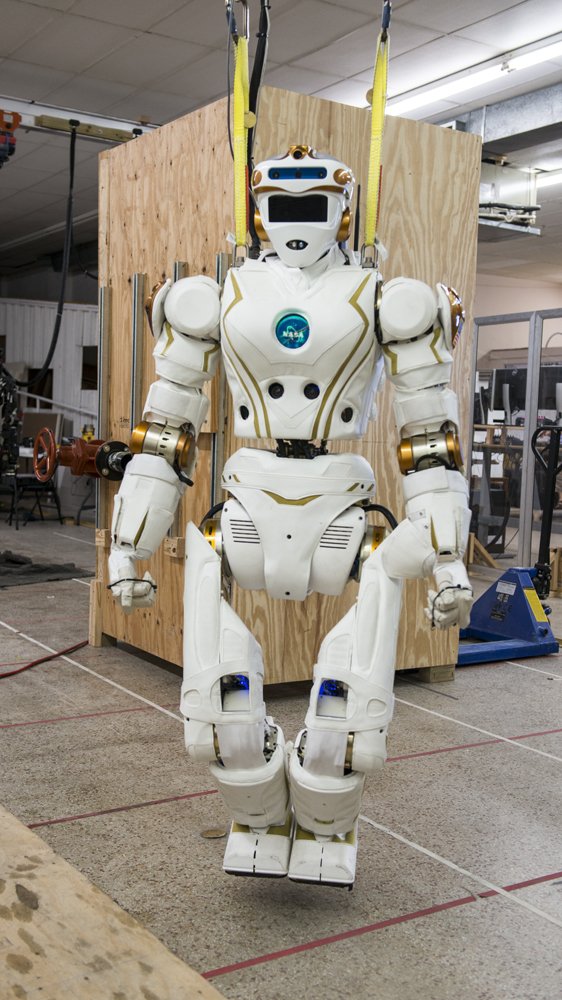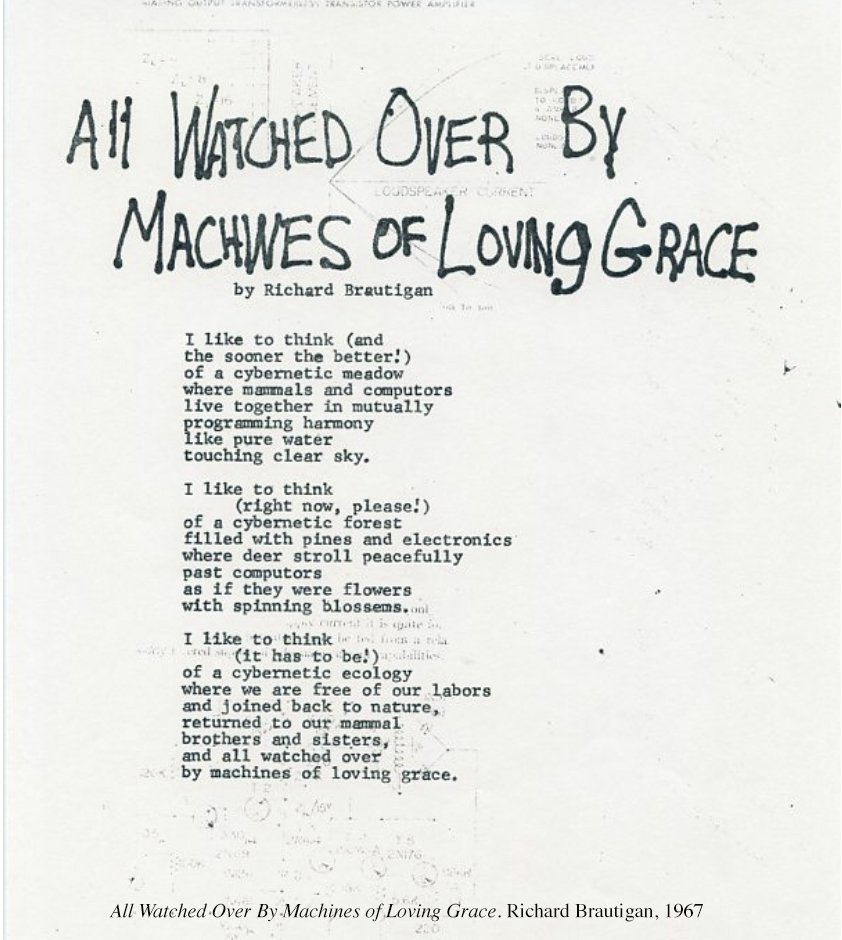
Since 2006, Natal has been engaged with photographically contemplating the quality and state of futurity, post-nature and post-human, in hopes of illuminating the present moment and the choices we have yet to make. Questions like where and how will we live, how water, air and soil will sustain life, and what might we look like in the future define the conceptual framework for a trio of interrelated projects created with unmanipulated large format and digital SLR images, culminating in large scale archival prints.
Machines of Loving Grace (2011- present) is the third suite of images that sustains and intensifies Natal’s ongoing exploration of human nature. Here she wonders, in light of robotics, what will remain of our humanity in the future. Robotics originated in the realms of magicians, visionaries, science fiction, and theater, but now become the moral and ethical compass that is forcing us to examine what it means to be human, if for no other reason than to build more humane machines. Robots are a symbolic synthesis of humanity and machinery. They hold great promise for a better life, yet personify our fears of science and technology and what we may become. In our attempt to create life, like Frankenstein, we fear our own creations may turn on us. We may destroy ourselves through our machines or worse, we may become machines. Our attitudes toward machines have evolved from resistance to resignation and ultimately acceptance, in what is being called the 2nd Industrial Revolution. Robotic technology is now so pervasive, and yet so overlooked, it is hiding in plain sight.
Natal engages with roboticists, theorists, researchers, and leading designers in the field, to explore the moral territory of humanoid robots, biomimicry that transforms the world by emulating nature’s designs, and interplanetary machines that examine quality of life issues in the not-so-distant future for able bodied, as well as compromised humans. The photographs portray our contradictory states of fear and relational desires that we project onto machines, offered up by sex bots, robotic baby and geriatric sitters, drones, and exoskeletons. Particularly while contemplating humanoid robots, she explores our range of emotional responses from aversion to love as we increasingly interact with machines in our own image. The resulting photographs challenge and assuage our ideas about what it means to be human and ultimately suggest that we may view humanoid robots as intelligent, social and moral beings, allowing us to develop substantial and meaningful relationships with these machines. Social robots will leap over the divide of the uncanny valley, once a huge obstacle in human-robot relations, as we become increasingly dependent and accustomed to human-machine interaction.
